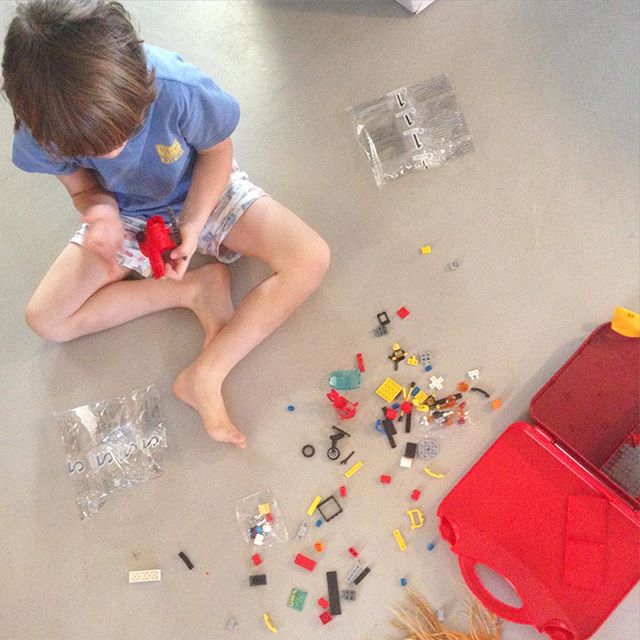
We were recently asked to evaluate Maria Droujkova’s Natural Math method, citing the article published in The Atlantic, and a comparison of that method with Smartick. The key objectives of Natural Math are to encourage divulgence, curiosity, and get children into lesser-known branches of mathematics. It is ideal for working outside the school curriculum and taking on challenges without the need for complicated techniques. All this is perfect for a math club or circle, where math is presented in a lucid, intuitive tone, as an alternative to school focus, and is clearly suitable for small groups with peculiar characteristics.
The name Natural Math is something of a contradiction in itself, but it’s a truly representative expression of the method. In almost all current didactic approaches, mathematics is considered an anthropological product, if not sociocultural. Mathematics is almost anything but natural, if we understand as natural something like picking an apple from a tree and eating it. Normally, when we use the term natural in mathematical education, we usually refer to an activity that is anything but natural, something which emerges from practices located in a very sophisticated social, cultural or institutional environment, but which also serves to refer to the spontaneous activity of the children.
Now, the difference with Smartick. The focus of Natural Math, which we value positively for its contribution to the dissemination of mathematics, can not be compared to a systematic method for learning school math designed to be used by any child aged between 4 and 14 years. They could be complementary approaches, but they are not competing methods. At Smartick, we do not think that these alternative programs, involving game play and intuition, can spread and change the focus of the school curriculum to the point where formal classes are as fun and stimulating as an extracurricular club of children with similar interests.
Among Natural Math’s array of books, there is one named AvoidHardWork. The types of proposals outlined within make perfect sense when the goal is to develop a positive attitude within the reader, or break mental blocks and negative conceptions about math, but the mathematics presented here offer a biased activity. It is not representative of the work of a mathematician, which is not always fun and there are moments that require very hard work. What is involved is getting children to find motivation to do that hard work and be clear on their goal: to dominate mathematics. At Smartick we want children to experience the thrill of seeing their hard work pay off, in the same way as it does with athletes and training, as Angela Duckworth explains so well in her book Grit.
Mathematical educators have an obligation to disseminate and promote mathematics, make it intuitive, familiar, fun, and clubs and mathematical circles do this very well, as do methods such as Natural Math. But we also have an obligation to make math learning systematic and provide students with opportunities to learn to enjoy all aspects of mathematical work; including hard work. At Smartick we try to articulate these two ideas and so, while we make proposals close to a circle of mathematics approach in the games section, and we offer many visualization activities with virtual materials with a high degree of interactivity during the daily sessions, our commitment to the systematic learning of mathematics leads us to offer moments of mathematical activity that, viewed without proper perspective, could be underestimated with the label of hard and boring work.
Learn More:
- Is It Good to ¨Mix¨ Alternative Algorithms, Such as ABN, with Traditional Ones?
- Using Alternative Algorithms as a Learning Tool
- The Importance of Writing Statements Well in Mathematics
- Brookview Children Grow Confident in Math with Smartick
- Diagnostic Questions in Mathematics Education
- Raising Math Scores: Smartick Method - 04/06/2018
- Give Your Child A World Class Math Education - 03/30/2018
- Kids with Special Needs and Smartick Method - 03/21/2018







